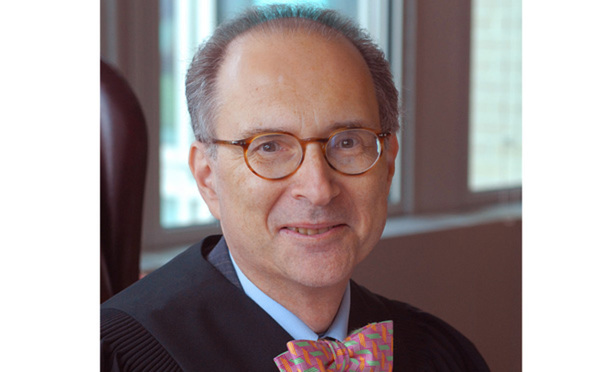In a case of first impression, the New York Court of Appeals has expanded the co-conspirator’s exception to the hearsay rule. Adopting the federal rule, the court held that, subject to certain conditions discussed below, a statement made by a co-conspirator of a defendant, prior to the defendant’s joining the conspiracy or after the defendant’s active involvement has ceased, is admissible when offered to prove the conspiracy or the object crime.
While state prosecutors charge conspiracy in a smaller number of cases, a century ago Judge Learned Hand noted that conspiracy was the “darling of the modern [federal] prosecutor’s nursery.” Harrison v. United States, 7 F 2d 259 (2d Cir. 1925). Years later, Supreme Court Justice Robert Jackson opined that “[t]he modern crime of conspiracy is so vague that it almost defies definition.” Krulewitch v. United States, 336 U.S. 440, 446 (1949). Indeed one commentator noted that “[t]hroughout this century, judges, practicing attorneys, and scholars have had a love-hate affair with the concept of a crime of conspiracy.” Marcus, “Conspiracy: The Criminal Agreement in Theory and Practice,” 25 Georgetown Law Journal 925
This content has been archived. It is available through our partners, LexisNexis® and Bloomberg Law.
To view this content, please continue to their sites.
Not a Lexis Subscriber?
Subscribe Now
Not a Bloomberg Law Subscriber?
Subscribe Now
LexisNexis® and Bloomberg Law are third party online distributors of the broad collection of current and archived versions of ALM's legal news publications. LexisNexis® and Bloomberg Law customers are able to access and use ALM's content, including content from the National Law Journal, The American Lawyer, Legaltech News, The New York Law Journal, and Corporate Counsel, as well as other sources of legal information.
For questions call 1-877-256-2472 or contact us at [email protected]



